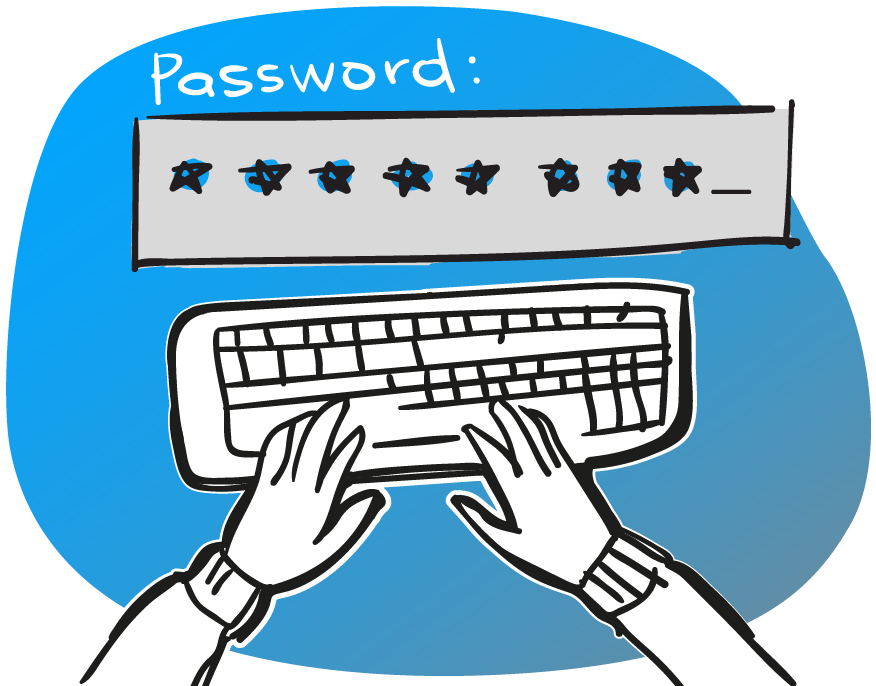Whether your data encryption is on your computer, a flash drive, on a cloud, or includes your entire disc, proper encryption and management are essential to keep your resources and data safe and ensure that you maintain compliance. In data encryption, information is used in a cipher text that requires a key to transform the text into its original form using advanced mathematical principles for data storage and transmission.
Unlike Apple devices, if a company is using a PC, the level of data at rest encryption is not particularly advanced. Microsoft Office has provided for one security measure in offering password-based access to documents; however, many criminals could break through this safeguard in a mere matter of seconds. Encryption is essential in order to ensure that no one accesses that document without a password. Ideally, the employee uses a particularly complex password and only has to enter it once in one sitting. However, on the other hand, he must make sure never to forget that password or he will never be able to access it again.


Technically speaking, both data at rest encryption and data in transit encryption use the same forms of encryption. The difference lies in their application. There are two general types of encryption – symmetric and asymmetric. Symmetric encryption uses a single key and is therefor faster, requiring fewer CPU cycles; however, for it to work both the sender and the recipient must have the key. Asymmetric encryption, on the other hand uses two keys – a public and a private key, both of which are somehow related based on an algorithm. Asymmetric encryption is mainly used in ordinary communication channels, particularly online communication channels.
One of the common practices today in data at rest encryption is to have an overarching key for an entire medium containing sensitive data or data structure as well as sometimes encrypting an entire drive at once. Meanwhile, all of the contents are stored in arrays. In the event that one of the files is removed from the drive, in many cases the drive will be programmed to destroy all of the contents stored within it so that it will be absolutely impossible for anything else to any longer be read. Among the frequent data at rest encryption requirements are simplified key management, that security compliance is ensured, greater availability, and a centralized audit log. Key management is no longer as expensive and time-consuming as it once was, partly thanks to automation utilized now and the much simpler interfaces that are created.
One of the best ways to ensure that data does not leave your company by the fault of one of your employees when you encrypt data at rest is to ensure that policy is strictly followed. For this reason, you must impose procedure for each of the processes your company conducts. An enterprise risk management program can offer this security to you, both by covering your bases and providing a special sequence of actions that must be conducted.
Protect corporate data and keep it encrypted! Request free trial
SearchInform uses four types of cookies as described below. You can decide which categories of cookies you wish to accept to improve your experience on our website. To learn more about the cookies we use on our site, please read our Cookie Policy.
Necessary Cookies
Always active. These cookies are essential to our website working effectively.
Cookies does not collect personal information. You can disable the cookie files
record
on the Internet Settings tab in your browser.
Functional Cookies
These cookies allow SearchInform to provide enhanced functionality and personalization, such as remembering the language you choose to interact with the website.
Performance Cookies
These cookies enable SearchInform to understand what information is the most valuable to you, so we can improve our services and website.
Third-party Cookies
These cookies are created by other resources to allow our website to embed content from other websites, for example, images, ads, and text.
Please enable Functional Cookies
You have disabled the Functional Cookies.
To complete the form and get in touch with us, you need to enable Functional Cookies.
Otherwise the form cannot be sent to us.

Subscribe to our newsletter and receive a bright and useful tutorial Explaining Information Security in 4 steps!

Subscribe to our newsletter and receive case studies in comics!